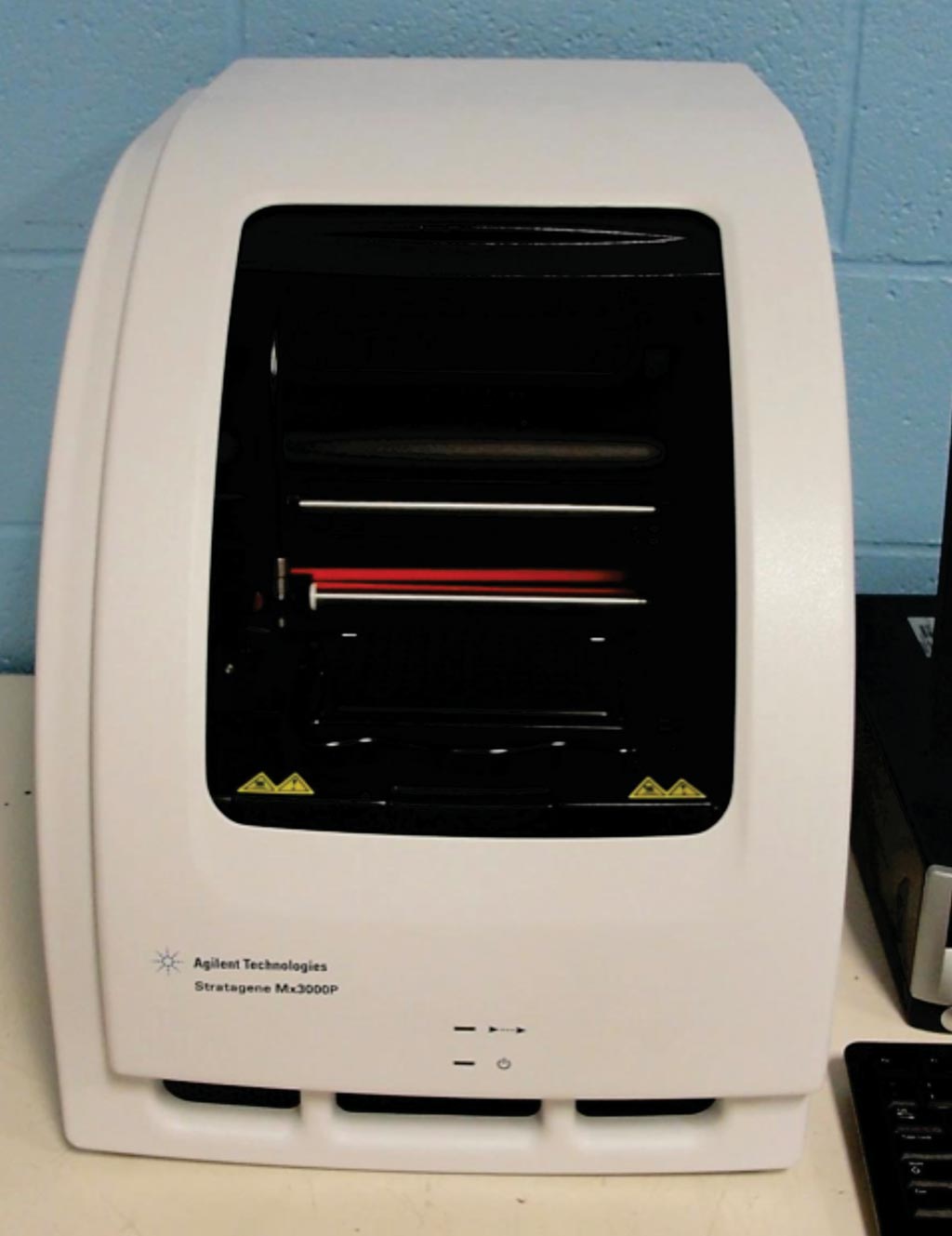Genetic Defect Identified as Cause of Multiple Organ Disease
By LabMedica International staff writers
Posted on 24 Feb 2017
A novel gene called sphingosine-1-phosphate lyase (SGPL1) has been identified which causes multi organ disease particularly affecting the kidneys and adrenal glands and this may represent a novel lipid storage disorder similar to Niemann-Pick and Fabry disease, which are multi-systemic and progressive, often with neurological involvement.Posted on 24 Feb 2017
Primary adrenal insufficiency (PAI) is most commonly congenital in children and manifestations can include hyperpigmentation, failure to thrive, and a poor response to illness, with hypoglycemia and hypotension. Reduced life expectancy is described, and the condition can be fatal if undetected. It is genetically heterogeneous, with some gene defects causing syndromic disease.

Image: The Stratagene Mx3000P thermal cycler (Photo courtesy of Agilent Technologies).
A large international team of scientists led by those at Queen Mary University of London sequenced the DNA from patients from UK, Turkey, Pakistan, Spain and Peru. The expression of SGPL1 and Glyceraldehyde 3-phosphate dehydrogenase (GAPDH) messenger ribonucleic acid (mRNA) was investigated using a panel of complementary DNAs (cDNAs) derived from 16 adult tissues (adrenal cortex, kidney, liver, testes, ovary, colon, small intestine, brain, thymus, adipose tissue, heart, lung, thyroid, skeletal muscle, bladder, placenta).
Polymerase chain reaction (PCR) and sequencing of each exon of genes of interest, including intronic boundaries, was amplified using an ABI 3700 automated DNA sequencer. Quantitative reverse-transcriptase PCR (RT-PCR) was set up in duplicate per sample on a Stratagene Mx3000P thermal cycler. Histological preparations were viewed on a Leica DM5500B microscope equipped with a DCF295 camera.
Mutations in other upstream components of the pathway lead to harmful accumulation of lysosomal sphingolipid species, which are associated with a series of conditions known as the sphingolipidoses. The scientists have identified four different homozygous mutations, c.665G>A (p.R222Q), c.1633_1635delTTC (p.F545del), c.261+1G>A (p.S65Rfs*6), and c.7dupA (p.S3Kfs*11), in five families with the condition. In total, eight patients were investigated, some of whom also manifested other features, including ichthyosis, primary hypothyroidism, neurological symptoms, and cryptorchidism.
Louise A Metherell, PhD, the lead investigator of the study, said, “The disease seems to be progressive, in some of our patients there has been a loss of motor and cognitive skills over time. Interestingly, the same gene defect has been linked to Charcot-Marie-Tooth neuropathy in another subset of patients. Getting a genetic diagnosis for these patients will allow for correct treatment, genetic counselling and careful monitoring ensuring any new symptoms are picked up early.” The study was published on February 6, 2017, in the Journal of Clinical Investigation.













